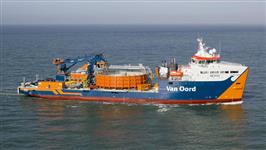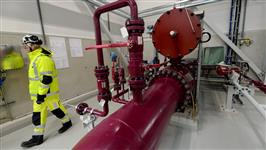
Aerospace Industry's Demand for Nickel Raises Concerns Over Metal Supply for Energy Sector
Posted 07/11/2023 14:12
The burgeoning resurgence of the global aerospace sector has inadvertently led to increased demand for nickel, a vital component renowned for its exceptional mechanical properties and corrosion resistance. However, this surge in demand has created a potential threat to the metal supply for crucial sectors such as upstream, offshore, and liquefied natural gas (LNG) terminals, all of which rely on nickel for various equipment applications in demanding environments.
The robust procurement activities of aerospace customers, coupled with premium pricing, have contributed to extended lead times and inflated spot prices, particularly in Europe and the US. Despite a downward trend in raw material prices overall, Rystad Energy's analysis indicates an upward trajectory in nickel pricing risks over the next 12 months.
Although high-nickel superalloys are less prevalent in energy applications compared to the aerospace industry, their limited availability has caused prices to double since the beginning of the year, posing challenges for smaller orders within the energy sector. Notably, the rise in orders for new aircraft from major manufacturers such as Boeing and Airbus has significantly amplified the demand for nickel, propelled by resuming global travel post-Covid-19.
The downstream energy sector's demand for high-nickel alloy bars remains relatively modest but critical, especially in scenarios necessitating attributes like high strength, corrosion resistance, and temperature tolerance. These bars find applications in a wide range of industries, from petrochemical plants to power generators and nuclear reactors.
However, the global production capacity for these specific bar grades remains challenging to quantify, creating uncertainty regarding supply capacities and pricing movements. As a result, it is imperative for industries reliant on these materials, including LNG terminals and offshore wind turbines, to carefully monitor and manage the supply-demand dynamics, ensuring a balanced approach that considers both cost implications and project timelines.








